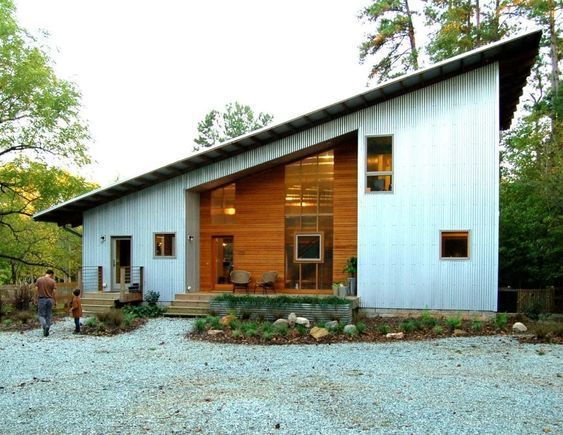Sloped roofing, also known as pitched roofing, is a popular choice for many homeowners due to its aesthetic appeal and practical benefits. In this comprehensive guide, we will explore the beauty and advantages of sloped roofing, as well as key considerations to keep in mind when choosing this type of roofing for your home.
Benefits of Sloped Roofing
1. Improved Aesthetics
- Sloped roofs add visual interest to a home's exterior and can enhance its overall curb appeal.
- They come in a variety of styles and materials, allowing homeowners to customize the look of their roof to suit their preferences.
2. Better Drainage
- The sloped design of the roof allows for effective water drainage, preventing water from pooling and causing damage to the structure.
- This can help extend the lifespan of the roof and reduce the risk of leaks and water damage inside the home.
3. Energy Efficiency
- Sloped roofs provide better ventilation and insulation, which can help regulate indoor temperatures and reduce energy costs.
- They also allow for the installation of attic space, which can be used for additional insulation to further improve energy efficiency.
4. Durability
- Sloped roofs are designed to better withstand harsh weather conditions, such as heavy rain, snow, and wind.
- The angle of the roof helps to shed water and debris, reducing the risk of damage and the need for frequent repairs.
Types of Sloped Roofing
1. Gable Roof
- A gable roof is one of the most common types of sloped roofs, characterized by its triangular shape with two sloping sides that meet at a ridge.
- This style allows for excellent water drainage and ventilation, making it a practical choice for many homes.
2. Hip Roof
- A hip roof features slopes on all four sides that meet at a ridge, creating a more stable and wind-resistant design compared to a gable roof.
- This style is ideal for areas prone to high winds or hurricanes.
3. Mansard Roof
- A mansard roof is characterized by two slopes on each side, with the lower slope being steeper than the upper slope.
- This design provides additional living space in the form of an attic or extra rooms, making it a popular choice for homeowners looking to maximize space.
Considerations for Sloped Roofing
1. Climate
- Consider the climate in your area when choosing a sloped roof, as different styles may be more suitable for specific weather conditions.
- For example, a hip roof is better suited for areas with high winds, while a gable roof is ideal for regions with heavy rainfall.
2. Materials
- There are various materials available for sloped roofing, including asphalt shingles, metal, tile, and wood shakes.
- Each material has its own pros and cons in terms of durability, cost, and aesthetic appeal, so it's important to consider your needs and preferences when selecting a roofing material.
3. Maintenance
- Regular maintenance is key to ensuring the longevity and performance of a sloped roof.
- Inspect the roof periodically for any signs of damage, such as missing shingles or leaks, and address any issues promptly to prevent further damage.
Overall, sloped roofing offers a combination of beauty, durability, and functionality that make it a popular choice for homeowners. By understanding the benefits and considerations associated with sloped roofing, you can make an informed decision when selecting the right roof for your home.
